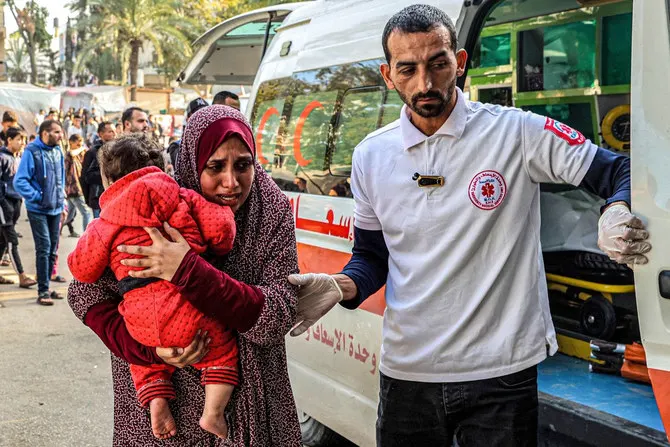Sigrid Kaag, the UN’s newly appointed senior humanitarian and reconstruction coordinator for Gaza, faces a monumental task as she takes the reins of the world body’s relief operations in the embattled Palestinian enclave.
Twelve weeks of relentless Israeli bombardment and restrictions on the delivery of humanitarian relief to displaced civilians have left the Gaza Strip “uninhabitable” and on the brink of famine, according to aid chiefs.
With the UN thus far unable to provide sufficient assistance to civilians, many in the aid community hope that a change in leadership could help move the dial on the stunted humanitarian response.
“Peace, security and justice have always been my motivations,” Kaag said in a statement on taking up the new UN role. “I have accepted this special assignment in the hope to contribute to a better future.”
However, given the scale of the humanitarian challenges and the obstacles thrown up by Israel and its allies in Washington, some observers and analysts have been left wondering whether Kaag’s appointment will make any difference.
Israel mounted its military campaign in Gaza in retaliation for the unprecedented Oct. 7 attack on southern Israel by the Palestinian militant group Hamas, which resulted in the death of 1,200 people, most of them civilians, and the kidnap of 240.
In the months since the outbreak of fighting, more than 22,700 people have died in Gaza under Israeli bombardment, according to the Hamas-run health ministry, while almost two million have been displaced.
In southern Gaza — where most of the enclave’s 2.3 million people now live in makeshift shelters with limited access to food, water and health care — the Israeli military has continued bombing raids, despite deeming these areas safe havens for displaced Gazans.—Agencies










